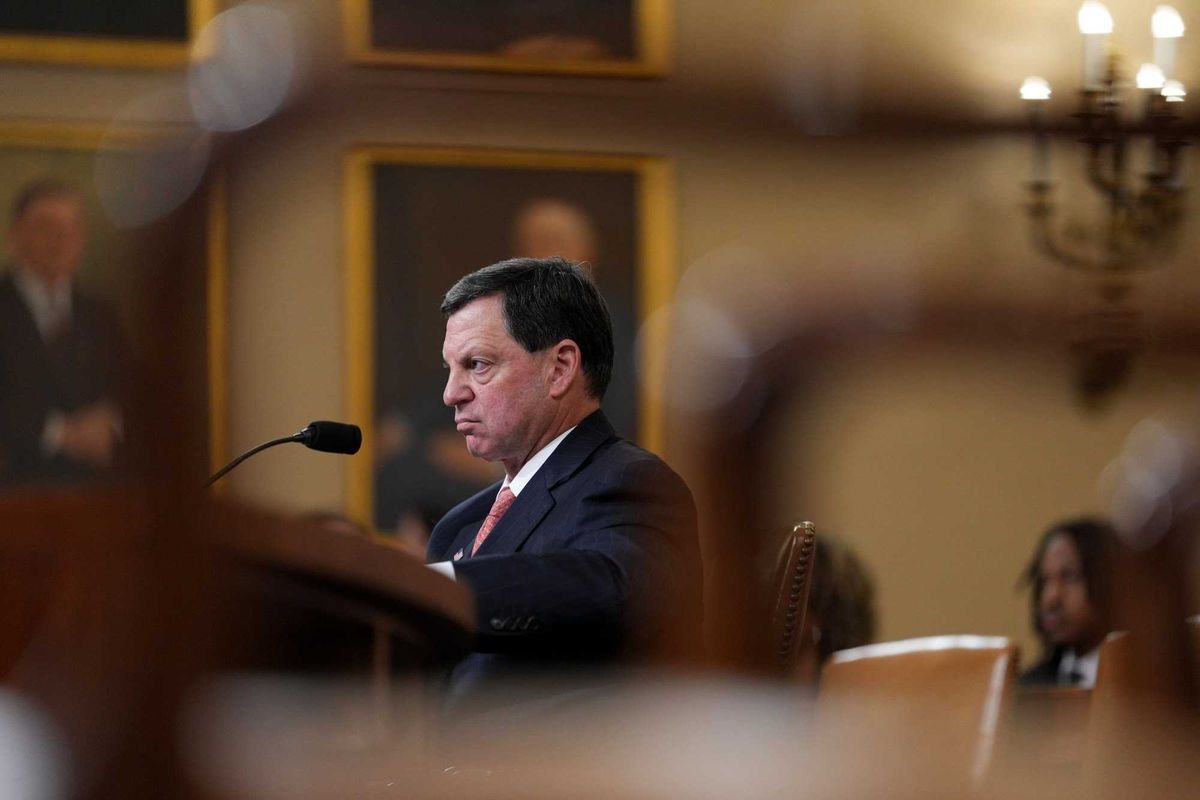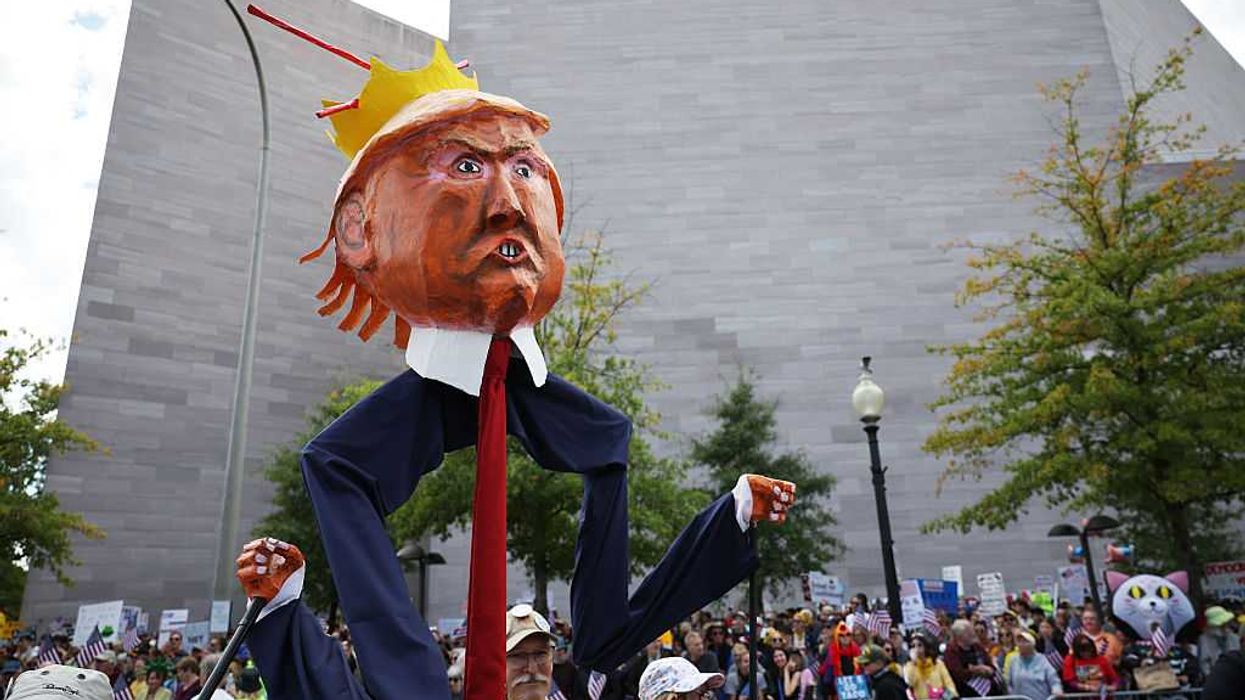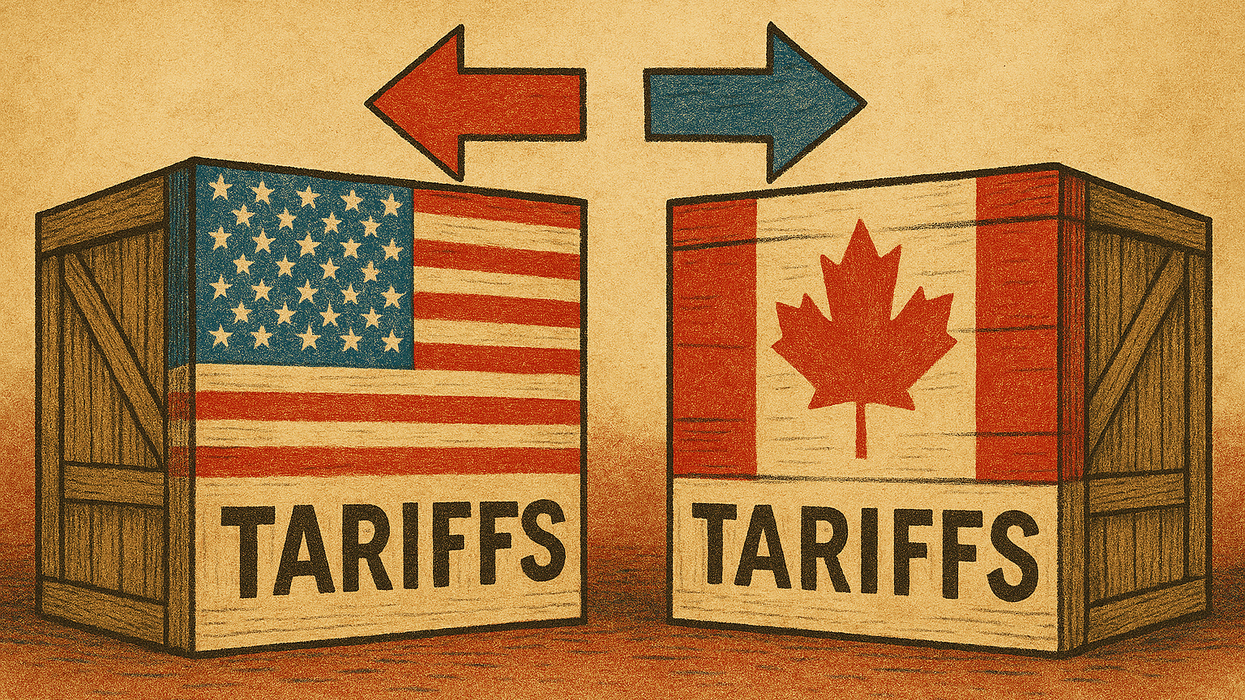Ranked-choice voting for California. Automatic voter registration across Arizona. Independent redistricting in Arkansas, Oregon and South Dakota.
Ballot initiatives to accomplish these things, still lacking the required numbers of signatures, are facing the same reality as many other citizen-led ballot initiative campaigns in the run-up to 2020 — the need for a larger bankroll.
The surge in turnout in 2018, credited to a record number of good-government ballot initiatives as well as an intense battle for control of Congress, may have been a boon for representative democracy. But now the law of unintended consequences is coming in to play.
All those voters last time have unintentionally undercut the cause of direct democracy next time, as proponents of democracy-reforming initiatives will find it tougher — or more precisely, pricier — to get their proposals in front of voters next November.
That's because the number of signatures required to get a measure on the ballot, in fully half the states that allow for citizen initiatives, is based on turnout in the most recent midterm. Citizen coalitions in those states now face a steeper climb for their democracy reform goals.
The upshot is the sort of irony associated with "no good deed going unpunished." In California, for example, groups will need nearly 1 million signatures for a 2020 ballot measure. For 2018, the number was only 585,000. In Oregon, the signature requirement jumped 27 percent thanks to all the extra votes cast last time. In Arizona, it went up 58 percent.
"It will have an effect, but whether it will be measurable by the number of initiatives that qualify for the ballot, I don't know," said Josh Altic, ballot measures project director at Ballotpedia, which tracks the progress of state ballot measures. "But I guarantee that it will be measurable in terms of what the average total cost of qualifying an initiative for the ballot is going to be in 2020."
That's because few citizen-led ballot initiatives are solely volunteer efforts. The majority are high-dollar affairs that require gathering signatures using resources like paid circulators. In 2018, the average cost per signature of a ballot measure nationwide was $5.60, according to Ballotpedia.
Widespread attention and support for some high-profile initiatives, such as the creation of independent redistricting commissions, may be enough to offset the cost of the higher signature threshold, Altic said.
The success of ballot initiatives in 2016 and 2018, however, has resulted in new state laws governing ballot measures that also increase the cost of signatures.
No more than one-quarter of signatures can come from a single county in Massachusetts, where supporters of ranked-choice votingare pushing a 2020 ballot measure. This so-called "distribution requirement" is growing in popularity among states, especially in the wake of successful ballot measures in the last two elections.
"It's rare to see legislators try to actually increase the required number of signatures," Altic said. "Instead what you are seeing is an effort to increase the distribution requirement and that makes it much more expensive to gather signatures. It's much easier to just gather all or most of your signatures in say the three biggest cities."
Arizona, Florida and Maine have also enacted new reporting or registration requirements related to paid circulators, which also affects the cost per signature.
"Whenever you restrict how you can pay circulators and then also pass restrictions on what circulators have to do to be qualified, what that does is open you up to lawsuits," he said. "If there's a bunch of rules about what a circulator has to do before they submit valid signatures, all an opponent has to do is find a couple circulators breaking those rules and all of their signatures are invalid."
There's no sign that new state laws or higher signature thresholds have suffocated 2020 ballot measures, however. Altic said the number of measures certified so far this cycle is just a little under the average of the numbers from the four election years this decade.


















